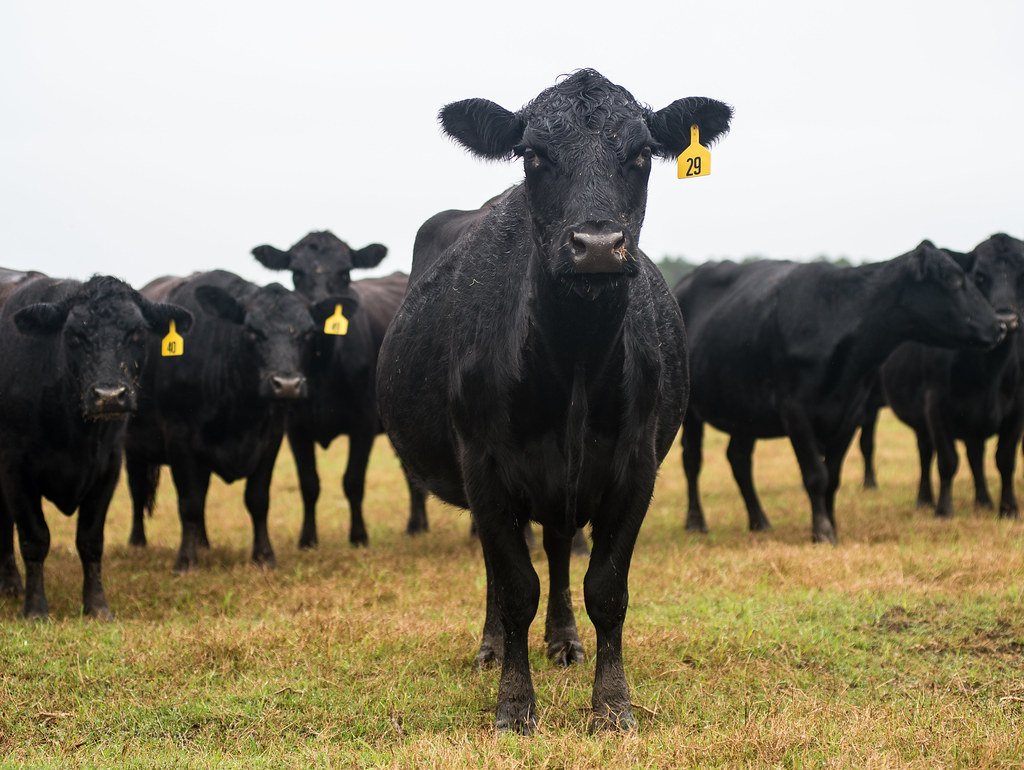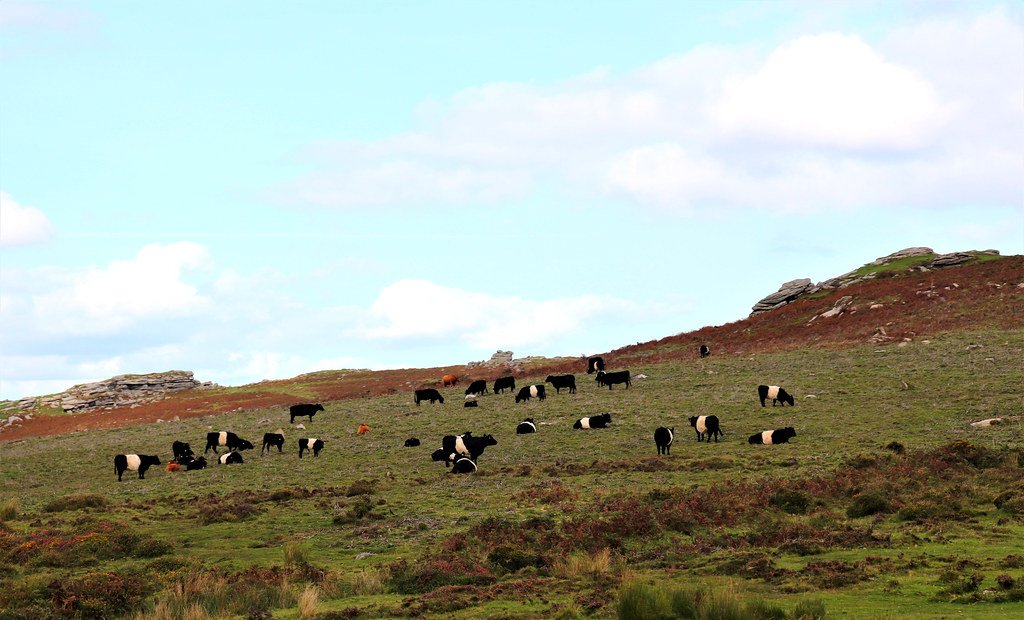
There have been a lot of letters in the Western Morning News about methane emissions from cattle sparked by a columnist claiming that there was a “spurious and completely unfounded presumption that methane from cows is a problem.” The columnist is a Dartmoor farmer and his response was, in my view, misleading.
Methane is a very potent greenhouse gas, but is relatively short lived, breaking down in decades compared with CO2 which takes centuries to break down. Because of the potency in its short life, it still turns out to be at least 25 times more potent than CO2 over a 100-year period by weight, and greater than 80 times more potent over a 20-year period. Methane levels are 2.6 times higher than in 1750 and growing faster now than at any time since the 1980s. Second only to CO2 as a greenhouse gas, the effect of methane is understood to have contributed at least a fifth of recent global warming. The main anthropogenic methane sources are animal agriculture, waste management and the fossil fuel industry. The Global Methane Assessment report estimates that animal agriculture accounts for 32 per cent of anthropogenic emissions.
We have the technology to substantially reduce the methane from waste management and fossil fuels. In fact, by capturing the methane pollution from these sources, it can be used as a fuel by which it will be turned into the less potent CO2. Not ideal, but a significant gain and much better than burning coal. The investment in the fossil fuel industry will more than pay for itself! Until recently, it has proven very difficult to significantly reduce methane from agriculture, with the most benefit coming from proposed changes in consumer behaviour. However, there are studies showing that there are some feed supplements that can make a difference in cattle, but the adoption and effectiveness on a wide scale is yet to be proven.
Assuming we have the political will, reducing methane from waste and the fossil fuel industry substantially should be possible in the short to medium term. The issue is having the capability to implement the technology where it is needed, funding and willingness to act. From images of poor waste management in under-developed regions and a lack of concern in some of the major fossil fuel countries, it is hard to be confident but at least we know what to do.
Global meat production from ruminants (the main source of methane due to farming) has increased by a factor of 2.5 since 1961 largely driven by population growth. As population grows further and affluence increases in developing nations, increases in meat production are possible, if not likely, without interventions. The United Nations Environment Programme suggests a 70 per cent increase in demand for animal protein by 2050.
The laws of physics don’t care if the methane comes from farming, waste management or fossil fuel processing or other sources we can do nothing about. But there is a connection between methane emitted by mankind and methane emitted in nature. Methane released from thawing tundra is a risk as a result of global warming, which itself is increased by our methane emissions. A potential sudden release of CO2 and methane from melting permafrost is one of nine so called tipping points that could cause more abrupt and potentially irreversible change. This is just one example of the positive feedback loops which exacerbate the damaging consequences for the climate.
Because methane is so potent, the fact that concentrations are still growing is alarming. On the other hand, because it is short-lived, there is a ray of hope in that reducing methane emissions will reduce concentration more quickly. This in turn will buy us time to solve the problems with CO2 which are, ultimately, more significant and serious.
A UN funded report, dated 2021, proposes a 40 to 45 per cent reduction in methane emissions by 2030 based on IPCC assessment of the least-cost pathway to limiting global warming to 1.5° C. The United States and the EU have made a commitment to cut global methane emissions by 30 per cent by that date.
As well as the climate impact, methane has direct health implications. The breakdown of methane leads to increased ozone in the air we breathe which is bad for human health. The Climate and Clean Air coalition estimate that ground level ozone is responsible for 1 million deaths a year.
At a personal level, I think it is good to think about the methane our actions generate – energy use in transport and in the home, waste, and consumption of beef, dairy and lamb are the main areas to consider. If you are buying products from cattle or sheep (our main ruminants), there is conflicting advice on what sort meat to look for as consumers if you want to minimise your impact. We need to consider wider issues than methane in this regard. There is a case for preferring organic pasture- based farming made by the UN’s FAO, but the United Nations Environment Programme, on its page specifically about methane encourages farmers to give animals “more nutritious feed so that they are larger, healthier and more productive, effectively producing more with less.” Personal action will only go so far, as with many issues relating to climate – systemic changes are essential to achieve success.

Back to the statement made by the columnist that started all this off. In my view, he could justifiably argue that his style of moorland, unfertilised, pasture farming of cattle and sheep is relatively low- impact with regard to methane emissions when compared with other farming methods and emissions from waste and the fossil fuel industry. Action on waste management and fossil fuels are no-brainers with known solutions, and for fossil fuels can even be profitable so should be a priority. But to ignore the problem, and potential solutions, regarding methane from farming is nonsense when you think of the potential growth that will result from consumer pressure as populations expand and affluence increases in developing countries.
In conclusion, methane should be seen as a threat and an opportunity. Reducing methane emissions enough to reduce concentrations quickly would be beneficial because it is a highly potent greenhouse gas, and possible because it is relatively short-lived compared with CO2. Solutions exist for two of the three main sources of our human emissions and there good news is emrging on reducing methane from animal agriculture.
Methane should not be ignored and actions can be taken to reduce our personal contribution to the problem, mainly by reducing consumption. It will be interesting to see what priority it is given at and after COP26.





